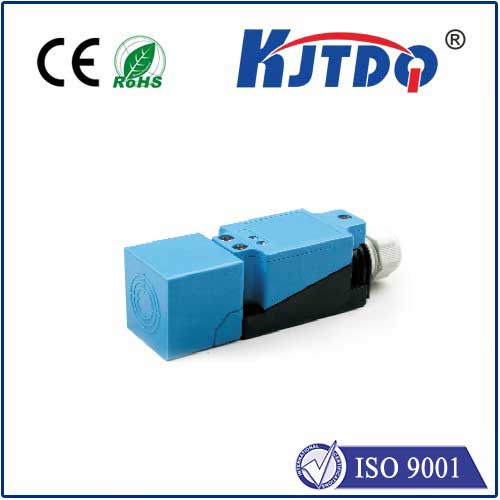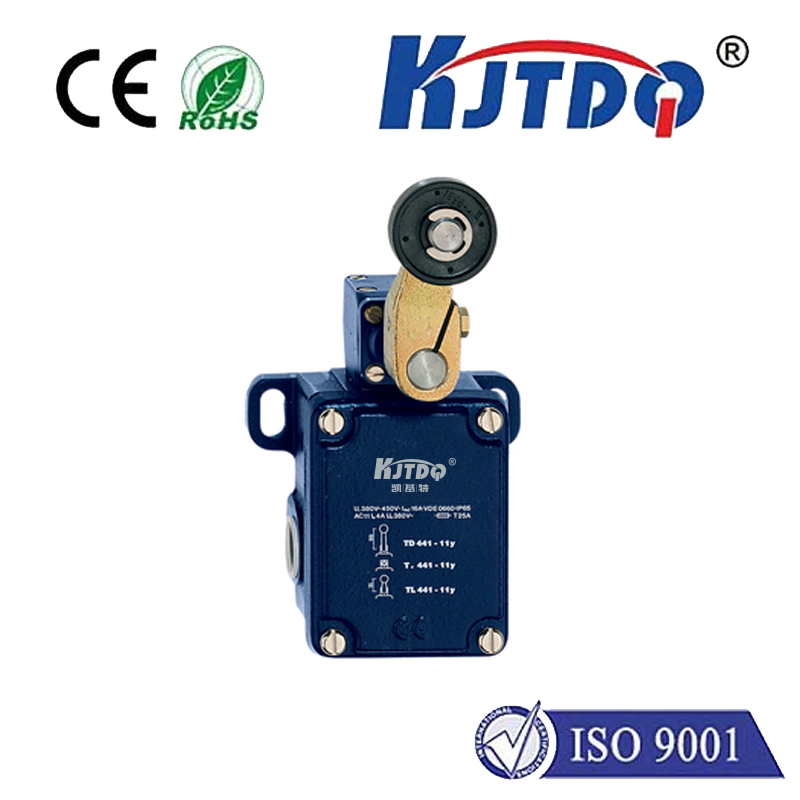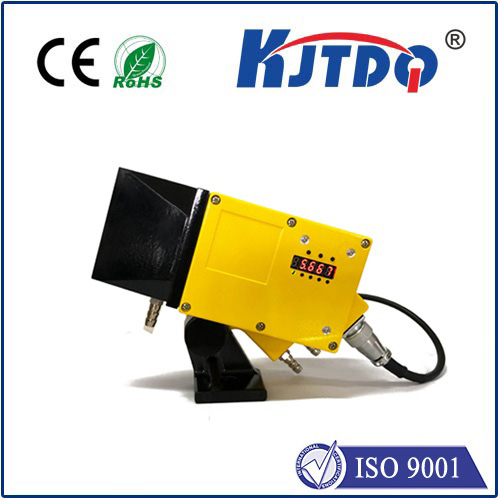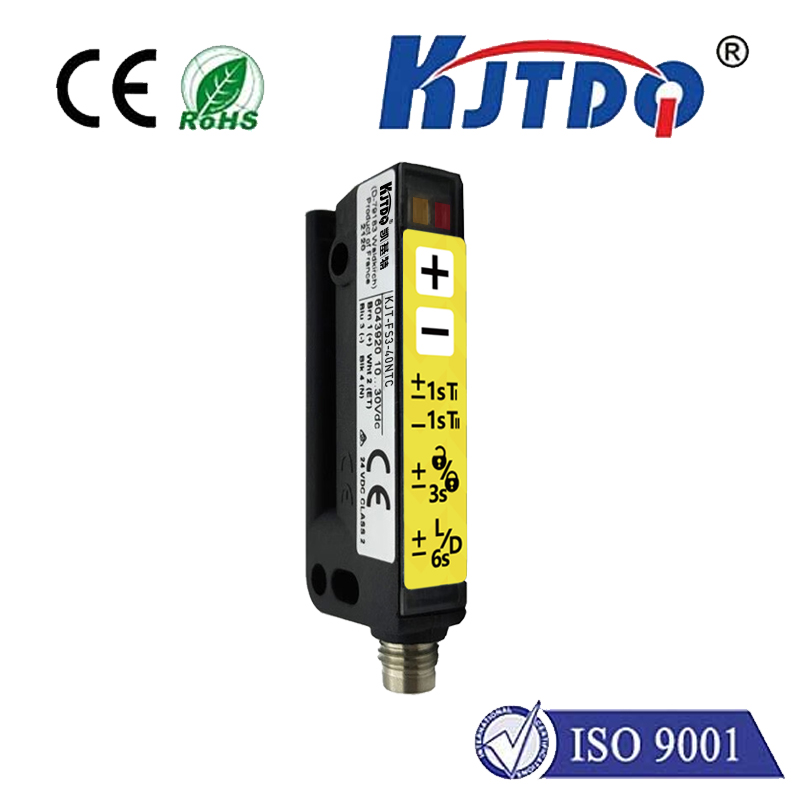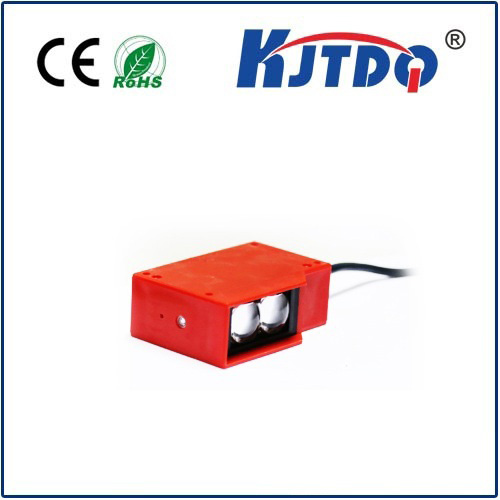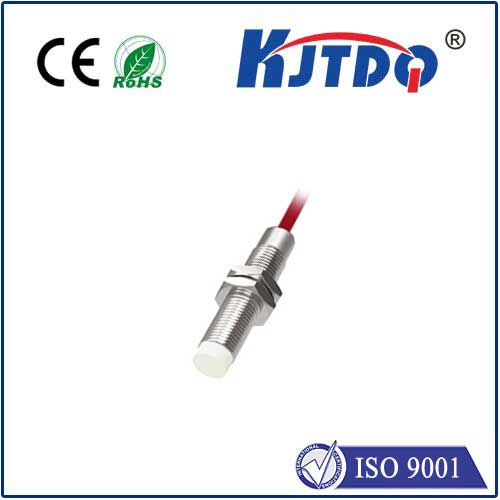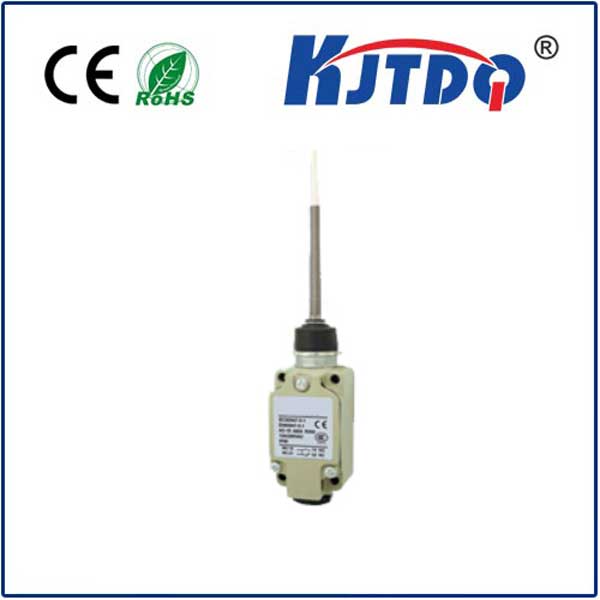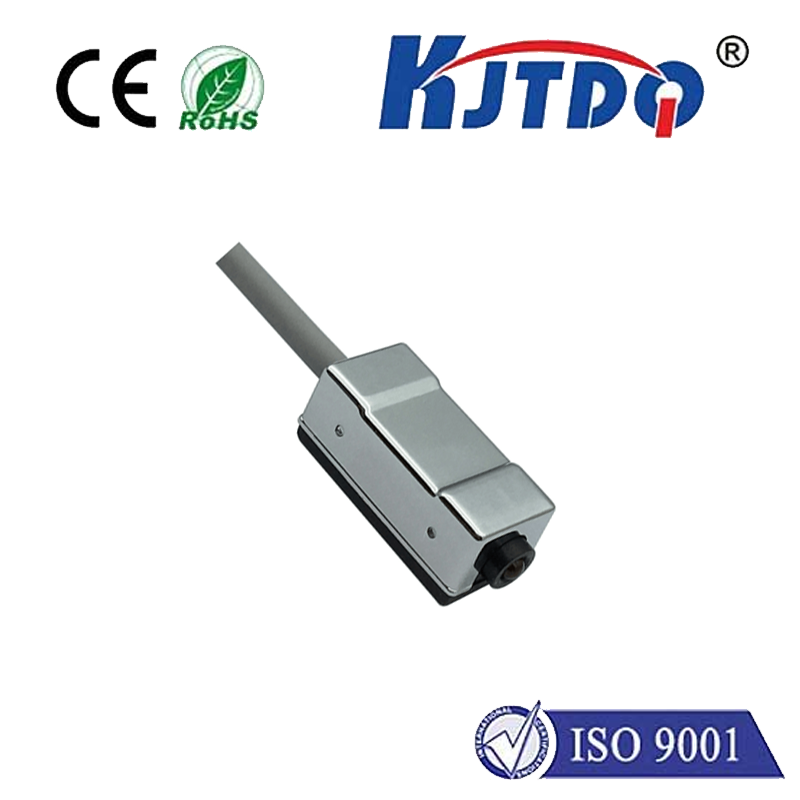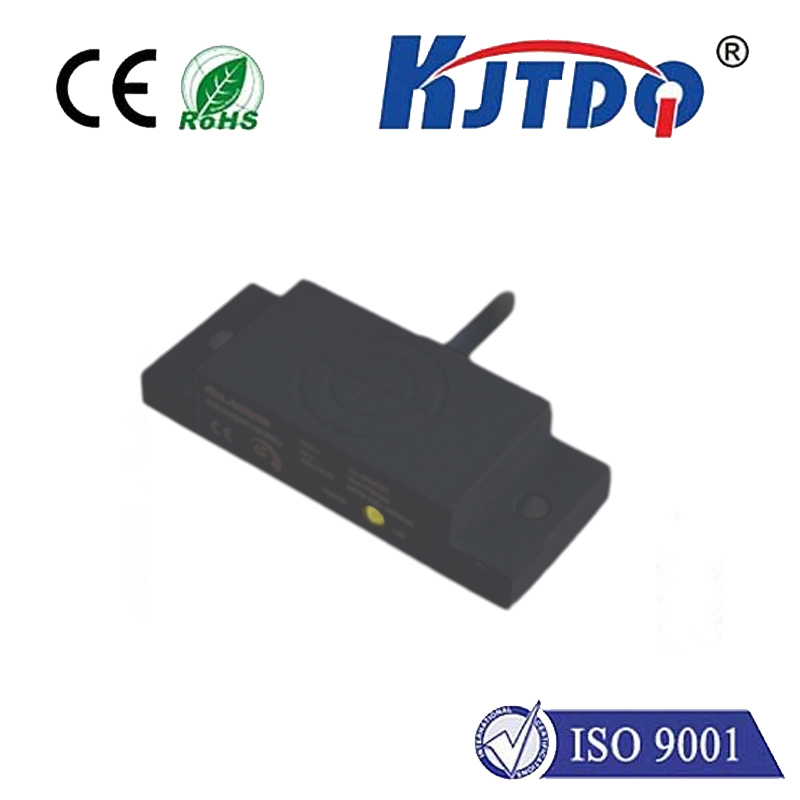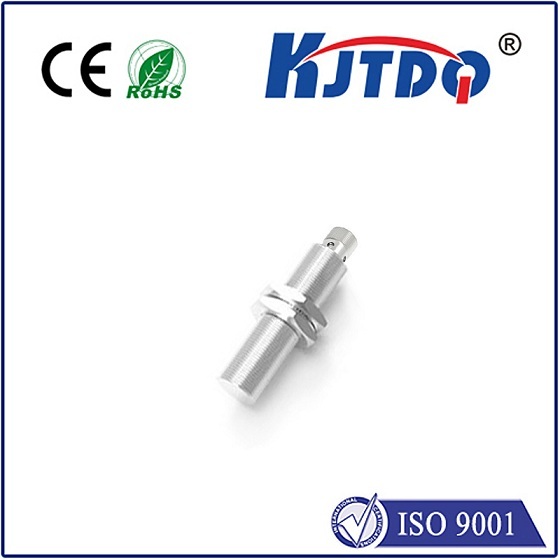Imagine walking into a high-tech factory where machines hum with seamless efficiency, assembling parts without a human touch. It’s not magic—it’s the silent power of proximity sensors like the BES025L, working tirelessly to detect objects within millimeters. These small yet mighty devices have transformed modern automation, from assembly lines to smart homes, by ensuring precision and reliability where it matters most. The BES025L proximity sensor stands out as a cornerstone in this evolution, offering unmatched performance in a compact design. This article delves into its features, applications, and why it’s becoming a go-to choice for engineers and designers worldwide.
At its core, a датчик приближения detects the presence of nearby objects without physical contact. The BES025L model, specifically, is an inductive type that uses electromagnetic fields—ideal for metallic targets. When an object enters its detection range, the sensor triggers an electrical signal, making it perfect for environments demanding non-contact operation to avoid wear and tear. Weighing in with dimensions typically under 30mm, this sensor boasts a rugged IP67 rating, ensuring resilience against dust, moisture, and vibrations. Its simplicity in installation—often with just a screw mount—allows quick integration into existing systems. Unlike optical sensors that can falter in dirty conditions, the BES025L excels with consistent accuracy up to 10mm, reducing errors in critical processes.

Transitioning to its real-world impact, the BES025L proximity sensor shines across diverse industries. In industrial automation, it’s a star player on robotic arms and conveyor belts, where it detects parts for precise positioning. For instance, in automotive manufacturing, it ensures engine components align perfectly before welding, preventing costly misalignments and boosting production efficiency by over 20%. Beyond factories, this sensor enhances consumer electronics like smart locks and elevators; it senses user presence to activate controls seamlessly. Even in healthcare, devices use it for reliable object detection in diagnostics equipment. The versatility stems from its high immunity to interference from ambient light or liquids, making it adaptable to harsh or variable settings. For safety-critical systems, the BES025L’s fail-safe design means it operates silently but dependably, minimizing downtime and maintenance costs—a key reason why sectors like aerospace and packaging rely on it heavily.
Key advantages of the BES025L include its unbeatable reliability and energy efficiency. Thanks to its solid-state construction, it offers a long lifespan with no moving parts, outlasting mechanical switches by years. Its low power consumption—often below 100mA—makes it eco-friendly and cost-effective for battery-powered devices. Moreover, users benefit from adjustable sensitivity via simple potentiometers, allowing customization without complex programming. Compared to older sensors, the BES025L incorporates modern noise suppression technology, which virtually eliminates false triggers in electromagnetically noisy environments. This precision is vital in applications like CNC machines, where a single detection error can lead to significant material waste. Additionally, its compatibility with standard interfaces, such as PNP or NPN outputs, ensures easy connectivity to PLCs and microcontrollers, accelerating innovation in IoT and smart systems.
When selecting a proximity sensor like the BES025L, consider factors like target material and application scope. It’s optimized for ferrous metals but can handle aluminum with minor range adjustments. For non-metallic objects, alternatives like capacitive sensors might be better, but the BES025L dominates in metal-heavy setups due to its robust sensing distance. Installation tips include aligning it perpendicular to the target path to avoid detection gaps, and routine checks for debris build-up to maintain peak Спектакль. As industries push toward Industry 4.0, integrating this sensor involves pairing it with AI-driven analytics; for example, data from multiple BES025L units can predict machine failures before they occur. Ultimately, this sensor empowers engineers to design smarter, safer systems where human oversight takes a back seat to automated excellence—propelling us into a future where every movement counts. (Word count: 1,080)
